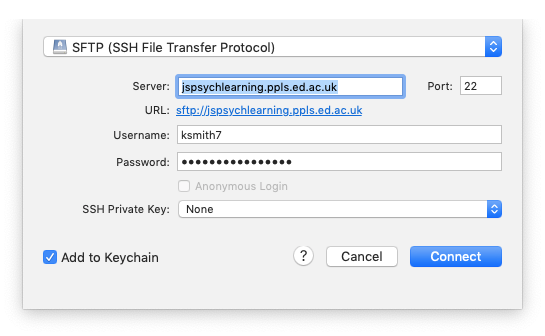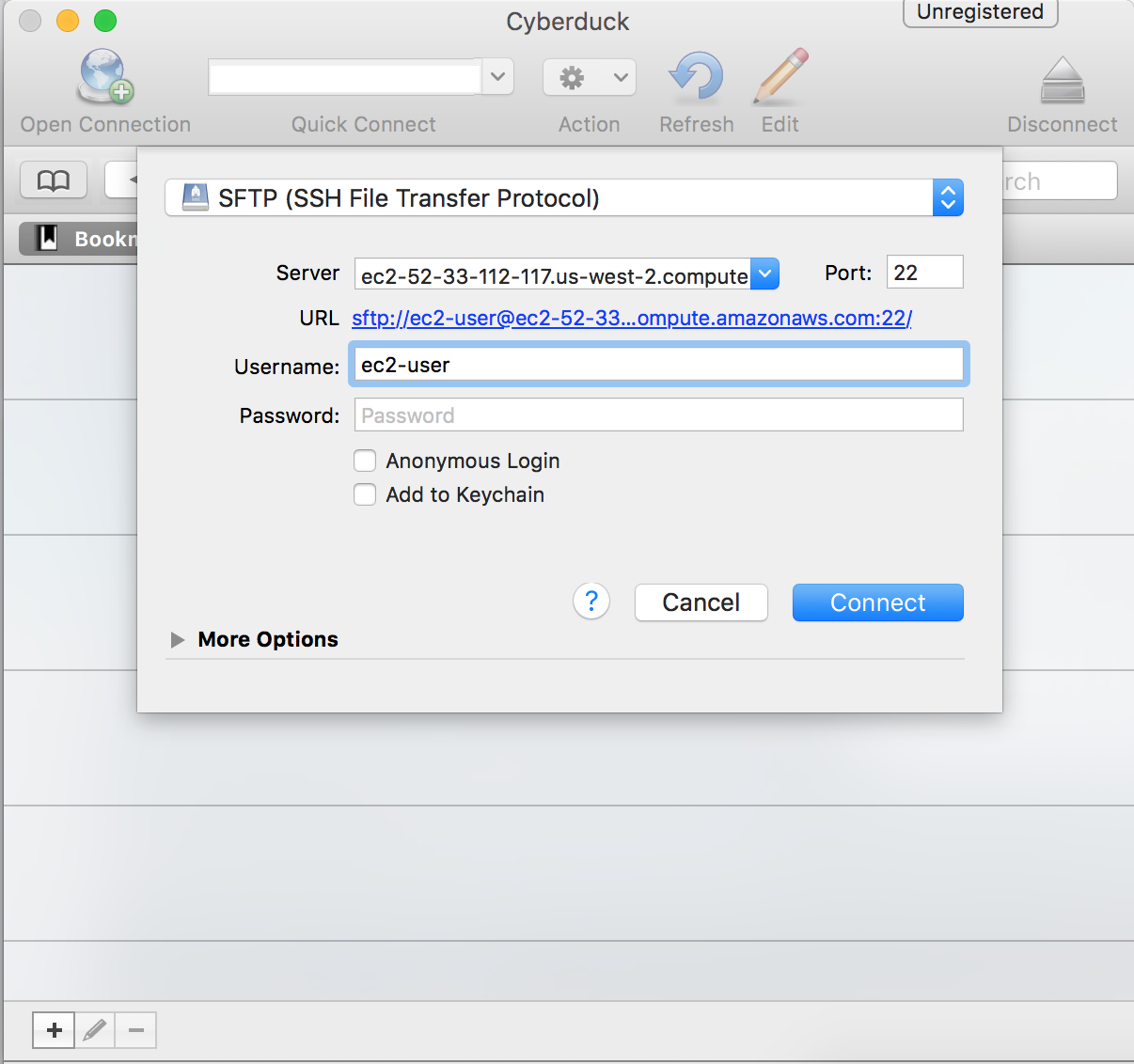

I would usually delete these failed transfers.

For one movie, it would complete 67% every time, then fail. That would explain why it worked the first few times then outright quit. How does one know how much space is being used on the internal drive if the external drive is used as the primary drive? iTunes shows me space used and available for the external/primary, but I don’t know how to determine space used on the internal/ATV.Īnyway, I’ve successfully transferred (FTP) two DVDs using Cyberduck to my external/primary drive with only one error on the first transfer (I/O Error, Upload failed, the connection is being shut down), but when I clicked retry, it finished the upload. Why doesn’t it just say “drive full”? It would have saved me headaches. I was unknowingly transferring to the internal drive instead of the external. then I doubt the problem is with SSH key-pair.Perhaps this was the issue. Since you can upload fine with Transmit (Transmit, FileZilla, RapidWeaver and most FTP apps use this path). The standard location for those keys to be stored on your Mac is in a hidden directory ~/.ssh. SSH uses a pair of keys, one private, one public, for security. SFTP uses SSH (Secure SHell) to make the connection between your Mac and the host company. Notice it’s not in a user’s folder, but is straightaway off the root directory.Īpache 2 that comes with MacOS is located here:Īgain, probably not an issue, and if you aren’t comfortable with terminal, I would probably stay away from these. What is the connection between this folder and uploading to my host?Īpache that comes pre-installed on macOS (my understanding the next macOS release it doesn’t come with Apache) is used for RW preview, but shouldn’t affect publishing.įor your reference the default Documents directory is


 0 kommentar(er)
0 kommentar(er)
